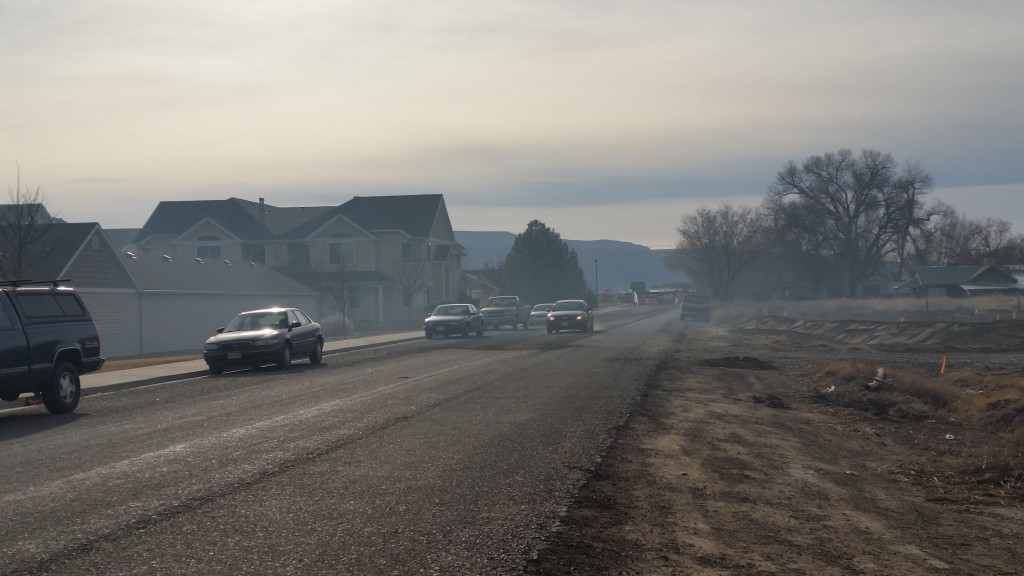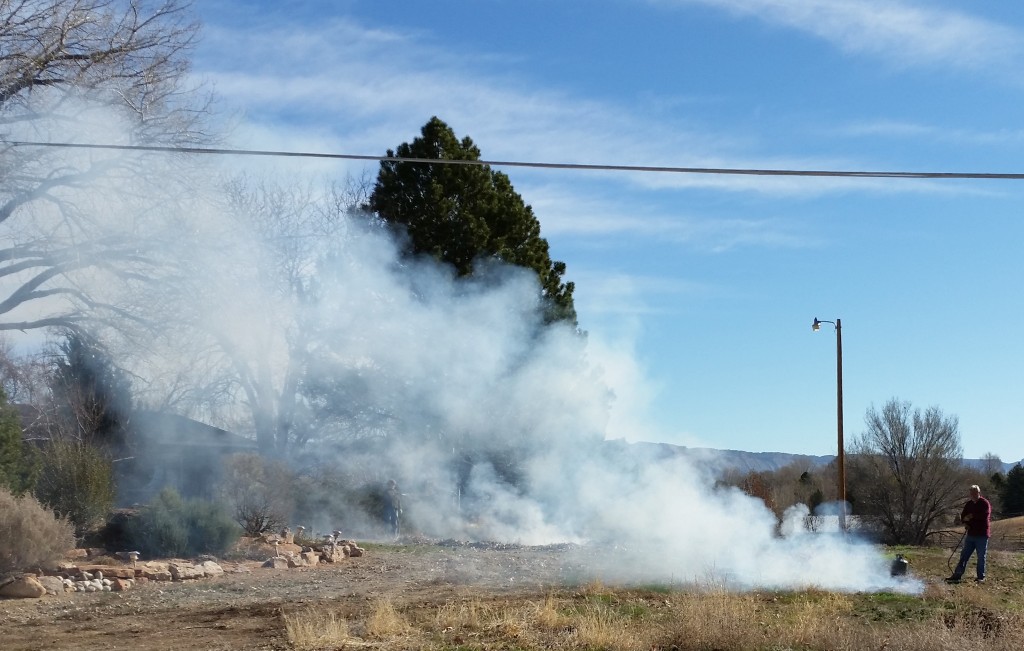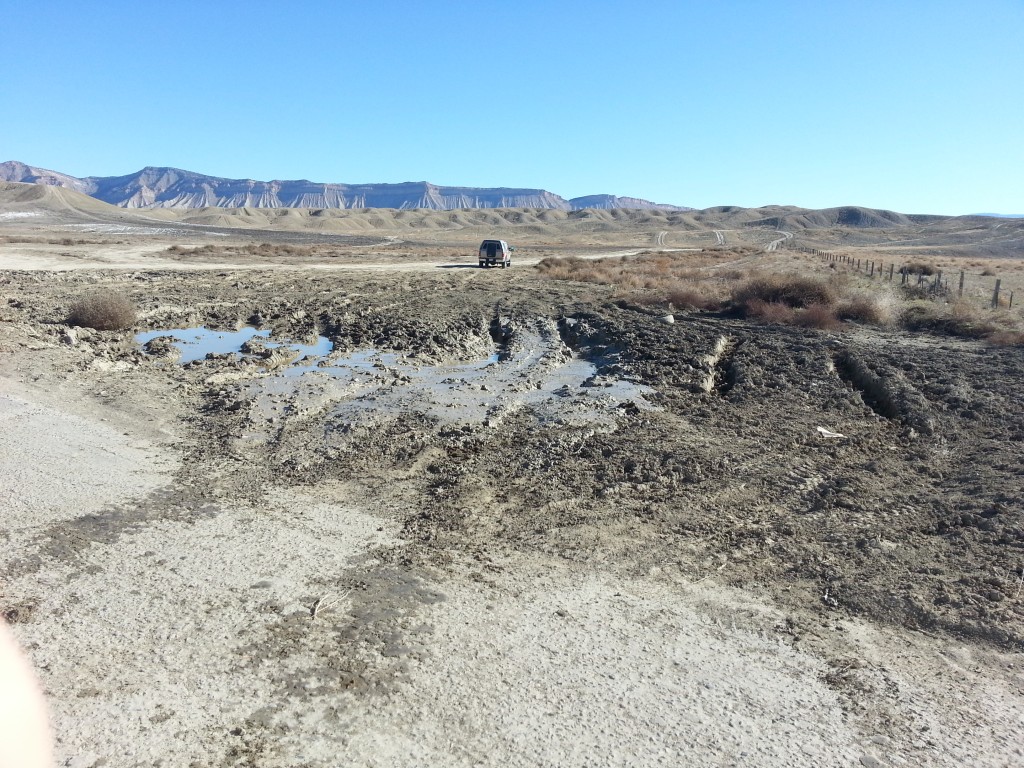
Smoke from an open burning fire suffocated an entire neighborhood this afternoon on F 1/4 Road, just 1/4 mile from Mesa Mall.
Suddenly you can’t breathe inside your own home. Parents rush their asthmatic children to the doctors’ offices and emergency rooms. People at home on oxygen have to leave their homes or head to hospitals for relief. People attending weddings, dining, shopping or otherwise enjoying their Saturdays as normal are forced to leave events early because they feel sick, with sore throats and eyes that are burning and tearing uncontrollably.
Welcome to springtime in Mesa County, where open burning season ruins springtime for thousands of valley residents who have the misfortune of living near a burner. The normally clear, fresh valley air at this time of year gets pumped full of particulates and ash, as a smoky haze casts a pall over the area as residents suffer when neighbors burn their leaves, grass, branches and garbage openly.
Is this legal?
Yes.
Mesa County in one of the few areas left in the country where people can openly engage in the archaic practice of openly burning debris and freely polluting the air at the expense of their neighbors.
A Great Place to Retire? Think Again

Open burning of fields along roads in Grand Junction’s residential areas creates a visibility hazard for drivers, as well as a health hazards for residents, pedestrians, bicyclists and more
Grand Junction get marketed as a great place to retire, but relocation packets handed out by the Visitors and Convention Bureau and the Grand Junction Area Chamber of Commerce don’t tell potential relocatees about the many months each year where for the very small cost of a burn permit, anyone in Mesa County can burn waste piles and inflict suffering on other residents.
Judging from the amount of smoke overtaking the valley, plenty of people are burning this year.
Medical Burn Ban: An Answer?
Smoke from open fires isn’t just smelly, unsightly and uncomfortable. It poses a distinct health hazard to people with reactive lung diseases like asthma and bronchitis, chronic obstructive pulmonary disease (COPD) or heart disease. Since Grand Junction has the biggest and most advanced medical facilities between Denver and Salt Lake, many people with heart and lung disease settle or retire here, only to discover they suffer for a total of months in the spring and fall seasons when open burning is permitted.
What can be done?
Read more →









